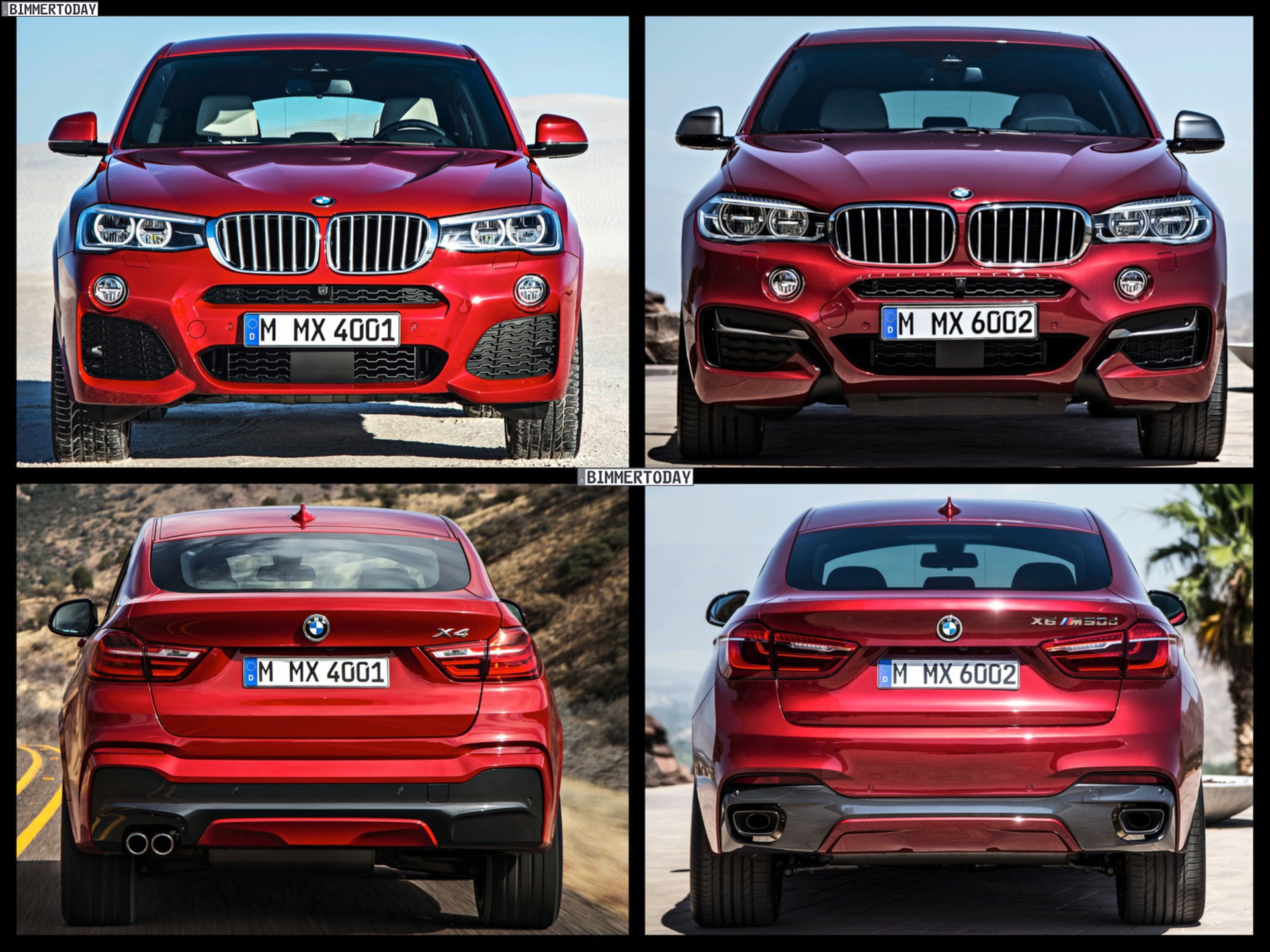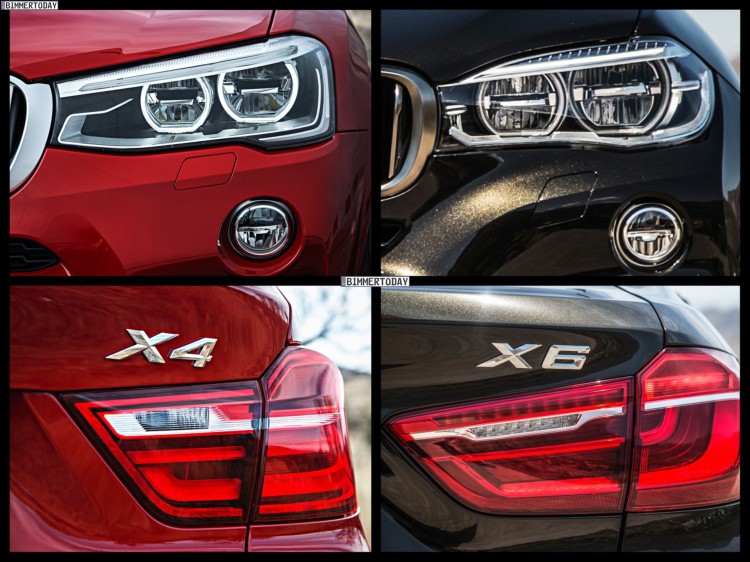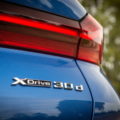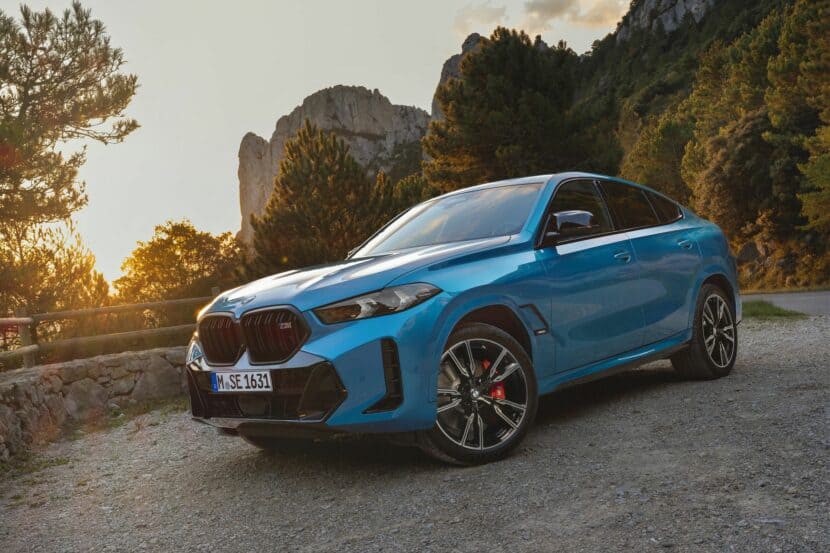BMW is the reigning king when it comes to carving out niches in the market and filling them. Whether they should or shouldn’t is irrelevant at the moment and has been discussed at length, and then some, on this site. So we won’t discuss the merits of niche vehicles here and now. Rather, I’d like to talk about two specific ones. The X4 and X6.
BMW first debuted the X6, code-named E71, back in 2008 and it has been a sales hit ever since. Built on the E70 X5 platform and marketed as a Sports Activity Coupe, the X6 is greatly appealing to business men and women who need the functionality of an SUV but would prefer to have a more sporting demeanor. Regardless of whether or not you feel the X6 is necessary, customers enjoy it and buy it, so the X6’s existence is justified in that alone.
With all of the success of the X6, BMW naturally decided to create a new one, the F16 X6 (coolest internal name ever). But not only did BMW create a new one, it also created a different model as well, the X4. The X4 is smaller, lighter, faster and sportier. Internally known as the F26, the X4 is built on the X3 platform and is the same to the X3 as the X6 is to the X5. I know, that’s a lot of model names and numbers to keep track of, but bear with me.
These two are interesting vehicles, because they both offer a similar package to what seems like similar customers but at vastly different price brackets. And that has me wondering if either vehicle renders the other obsolete.
As mentioned before, the X6 is for buyers who want an SUV like the X5, just with a sportier demeanor and are willing to compromise on interior space and a third row. But if you’re willing to sacrifice interior space on your X5 for more sporting performance, why not go with the X4? It’s far sportier than the X5 and is far cheaper than the X6.
Maybe it’s the engine options or maybe it’s the luxurious cabin that would draw customers to the X6 over the X4. The X6 is available with BMW’s 4.4 liter, twin-turbo V8, in the xDrive50i model, and has a much more upscale interior. The biggest engine in the X4 is the 3.0 liter, turbocharged inline-six in the xDrive35i model. However, that X4 gets similar performance numbers to the big X6, due to a significant weight difference. And while the X6’s interior is quite a bit nicer, it’s not as if the X4 feels like a Turkish prison on the inside. The X6 costs around $15,000 more than the X4 to start and I’m not so sure it’s $15,000 better.
On the flip side, however, if you’re in the market for something as uneconomical as one of these two cars, it isn’t a rational financial purchase. So if you’re in the market for such a vehicle, why not go big or go home? Neither of these vehicles make much sense in the real world, as the X3 and X5 are more practical than their respective SAVs, so they’re emotional purchases, bought because the customer wanted them and for no other reason. So if the customer wants the real deal, Sports Activity Coupe, why not get the big daddy X6?
I’d have to drive these two back to back to be able to say which one is the better buy. On one end, the X6 is bigger, more luxurious and probably the more premium feeling vehicle. But on the other, the X4 is less expensive, more economical and probably handles better. I guess it comes down to the customer’s priorities, but I can’t help shake the feeling that these two niche vehicles pander to the same customer. Don’t get me wrong, I’m not bemoaning the existence of the two, as the both make BMW a lot of money which ultimately is a good thing. I’m just wondering if one cancels the other out.
Just food for thought.










































































